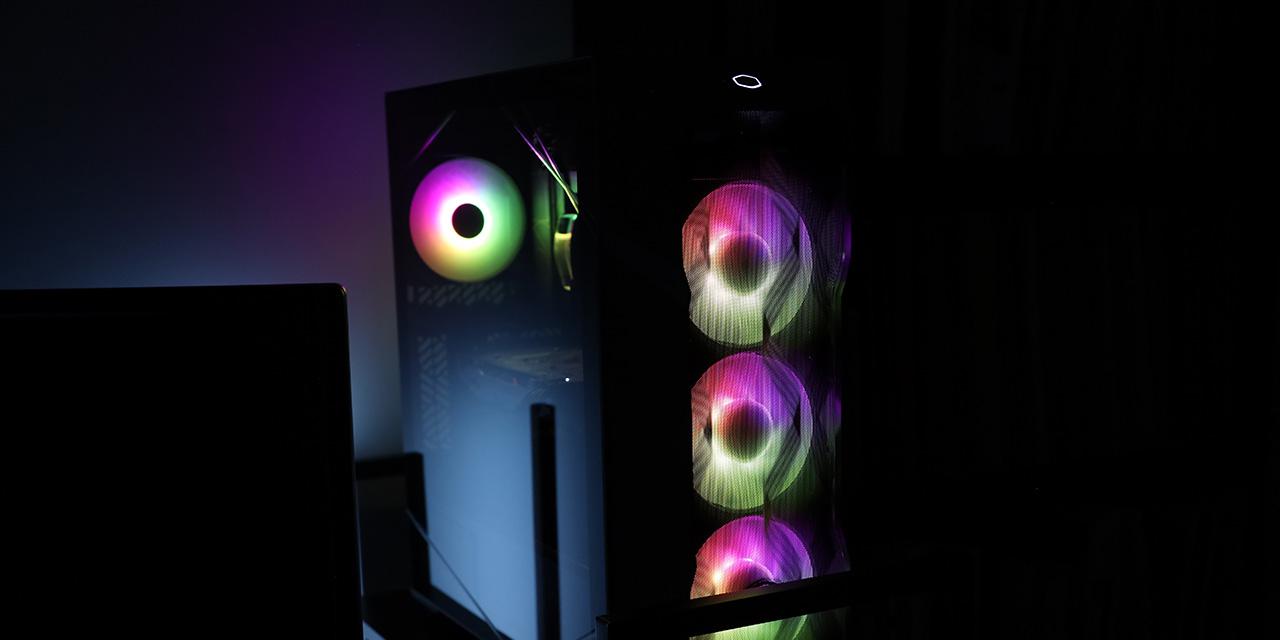|
From X-bit Labs: Advanced Micro Devices claims that the traditional view on the market of microprocessors as onto competition between Intel Corp. and AMD is now outdated. There are strategic inflection points both for the market in general and AMD in particular. But while addressing new challenges is important, there are traditional things that need to be done right. "We are at an inflection point. We will all need to let go of the old 'AMD versus Intel' mind-set, because it won't be about that anymore," said Michael Silverman, a corporate spokesperson for AMD in an interview with San Jose Mercury News. It is not a secret that there are several global revolutions happening in the computer world nowadays. For the microprocessor industry the most important industrial phenomenon today are GPGPU (general purpose computing on graphics processing units) technologies as well as ARM-architecture microprocessors that power ultra-portable devices which deliver great user experience at low power consumption. GPGPU allow to accelerate certain consumer programs or even power high-performance computing (HPC) applications thus reducing demand towards traditional x86 processing power. ARM chips power the most popular and the most personal devices nowadays - smartphones, tablets, etc. But ARM or its partners do not place stickers with their names, number of cores and clock-speeds onto those products. Few people know what is inside their personal devices; therefore, the importance of microprocessor brand or horsepower is going down for the end user. "The competitive landscape has changed over the past few years. [...] There are more players in the microprocessor market than there were, say, five years ago," said Mr. Silverman in an interview with X-bit labs. Five years ago only two companies - AMD and Intel - offered competitive x86 chips that could deliver enough horsepower for demanding consumer programs or HPC applications. Nowadays the situation is different: many apps take advantage of GPUs by default and many consumers know that they need proper contemporary AMD Radeon or Nvidia GeForce GPUs to have blazing speeds. Today, supercomputer owners are not afraid of GPU-based accelerators and significant amount of top-performing systems in the world use GPUs. As a result, today there are three companies fighting for the HPC market and for end users' dollars: AMD, Intel and Nvidia. View: Article @ Source Site |
 |
AMD: We Are at Inflection Point
© Since 2005 APH Networks Inc. All trademarks mentioned are the property of their respective owners.





